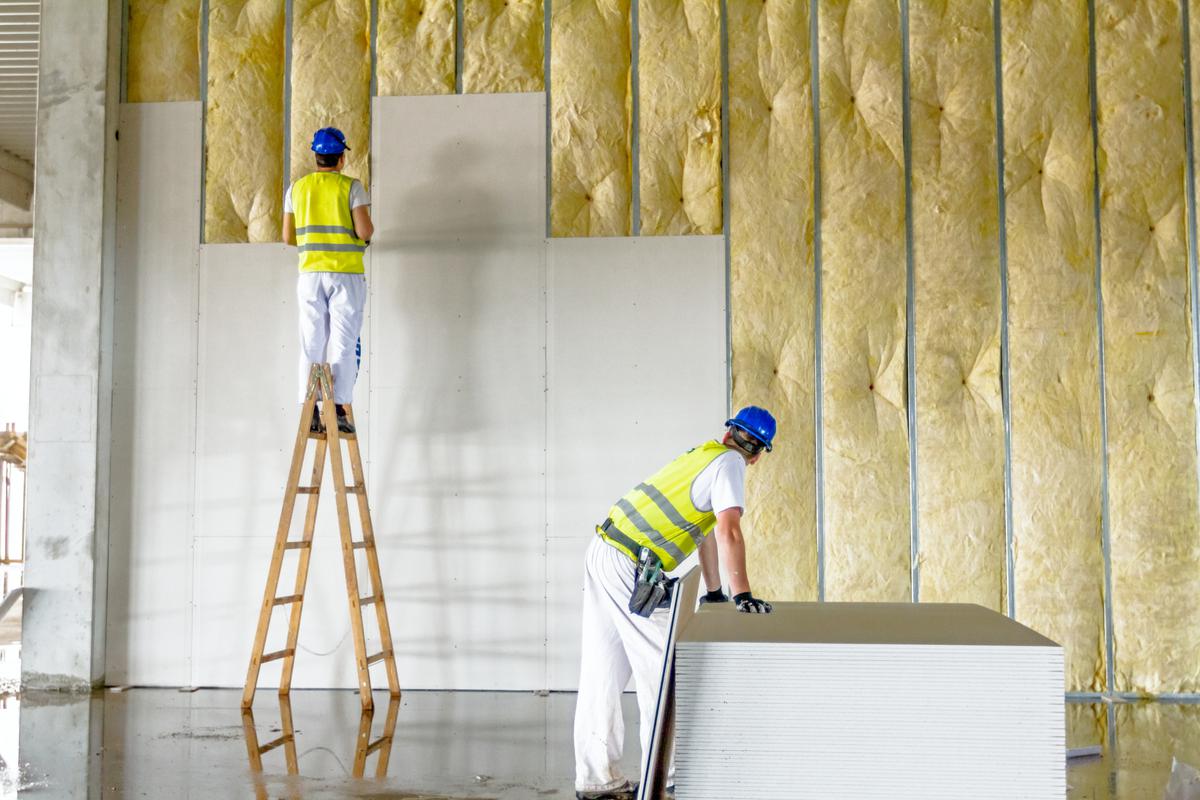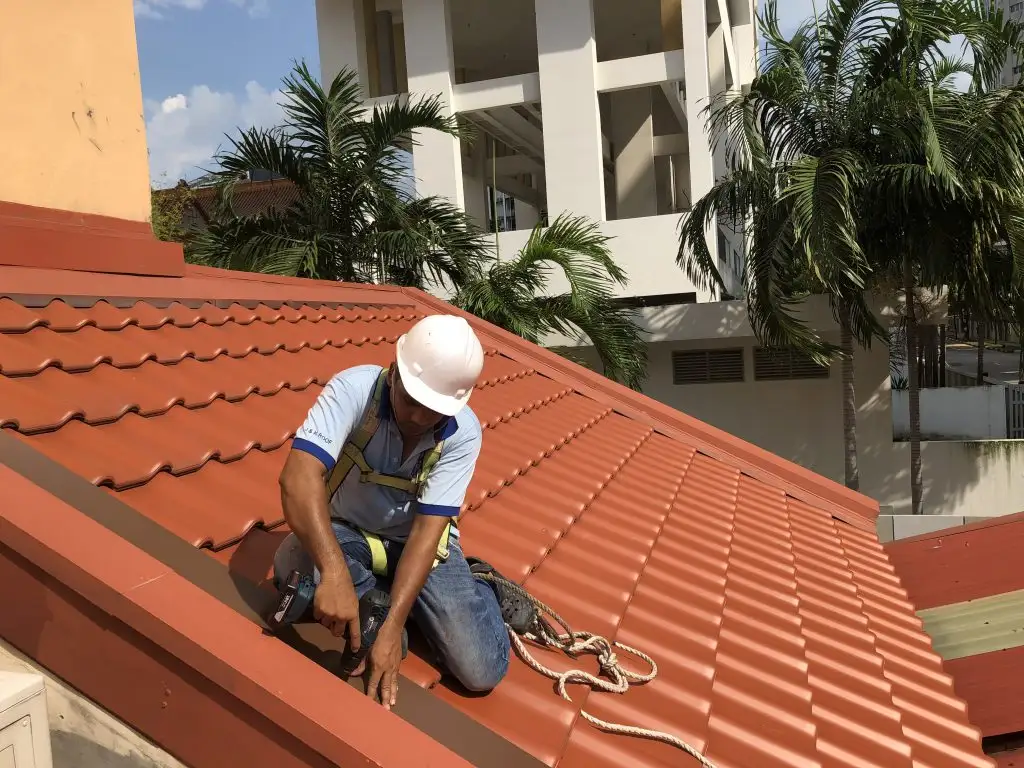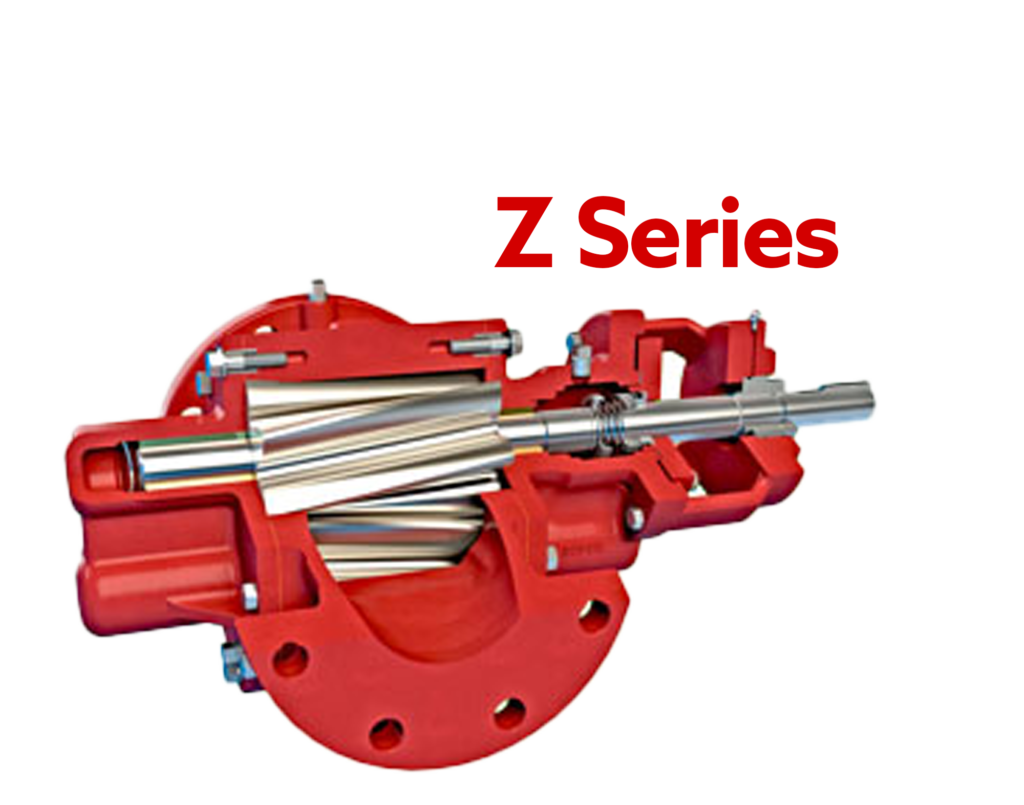Light Factors that Determine the Type of Home Plants to keep

Light is an essential factor for houseplants including indoor house plants. It is general knowledge that plants require light to photosynthesize to get energy which then is used for growth, blooming, and seed production. Inadequate light affects the rate of photosynthesis hence affect the health and growth of the plant. However, it is important to note that light can also either nourish or destroy your plants depending on the intensity and duration the plant is exposed to the light. This article helps you learn how the lighting in your home affects your plants.
Table of Contents
How Inadequate or Excess Light Affects Your House Plant.
- When plants do not receive light, they fail to synthesize pigment chlorophyll making their leaves turn either yellow or pale green. This makes it difficult for the plant to photosynthesize which stunts its growth and the plant loses its beautiful color.
- Lack of light makes the plant stems become elongated and very thin as the plants attempt to grow towards the direction of any light source.
- Insufficient light makes your house plant have long spaces on the stems between leaf nodes. (Leaf node is the point where the leaf attaches to the stem of the house plant). This makes the leaf weak such that they may start falling before they get old.
- For the naturally variegated plants, they may lose their variegation and revert their colors to being completely green once again.
- Since plants require energy to flower, flowering plants that lack light or have low light may fail to do so owing to the fact photosynthesis takes place in the presence of light to produce the energy required for growth.
Choosing The Right House Plant with Regards to Your Home Lighting
Before rushing to buy a house plant or planting home plant seeds in pots, it is necessary to determine the quality and duration of natural lighting that reaches your home. Thereafter, you can select a plant that matches your home lighting and your indoor environment. While plants can survive even in low light conditions, more light is needed in order to promote dense flowering and foliage.
Low Light
Low lighting is insufficient for starting home plant seedlings indoors. This is because low light is insufficient for the seed to photosynthesize and get the threshold energy to initiate growth. Environments with low light allow plants to grow however, the growth is relative, therefore it is advisable to water them less. Such light is good for low-light plants with little to no direct light requirements.
Medium Light
In medium light, you can comfortably start your seeds since it gives the required light enough for the seed to photosynthesize and get the energy to grow. Just like the plants that do best in low light, these plants require just enough water therefore, you should avoid overwatering.

High/Bright Light
With high light, you can comfortably start up your home plant seedlings indoors without any additional artificial light. However, certain home plants may grow weak without extra or proper direct natural light.
Conclusion
The amount of light a plant is exposed to has an impact on its growth progress. Plants also have different light requirements. Some plants do well under low light levels while others need bright light to survive in an indoor setting. Due to this variance in the plant lighting needs, it is essential to consider all the factors that affect the lighting of plants in a room and put into consideration the specific plant requirements for light.





